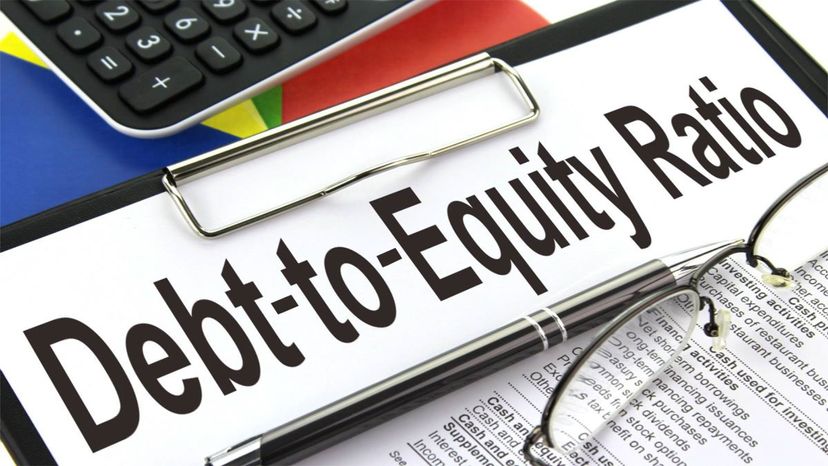
Smart investment is a calculated risk. As an investor, you're always looking for clues about a company's overall health and risk profile. A rising stock price only means that other investors are buying shares, but it doesn't tell you if the company is positioned to keep growing and stay profitable, or if it's heading for a financial cliff.
To get a fuller picture of a company's financial health, think of yourself as a doctor. You want to check the company's "vital statistics" the same way that a physician would check a patient's blood pressure, heart rate and cholesterol levels.
Advertisement
For investors, one of those vital statistics is called the debt-to-equity ratio. If the debt-to-equity ratio is high, it could be a sign the company has taken on a dangerous amount of debt, or the company might just be in an industry where high debt is the price of doing business.
Similarly, if the debt-to-equity ratio is low, it could indicate a company with a healthy bottom line, or might be a sign that the people running the business are overly risk-averse and missing opportunities to grow.
To help us wrap our heads around the myriad ways of interpreting a company's debt-to-equity ratio, we spoke with Ted Snow, a certified financial planner with the Snow Financial Group and author of the "Investing QuickStart Guide."
Advertisement


